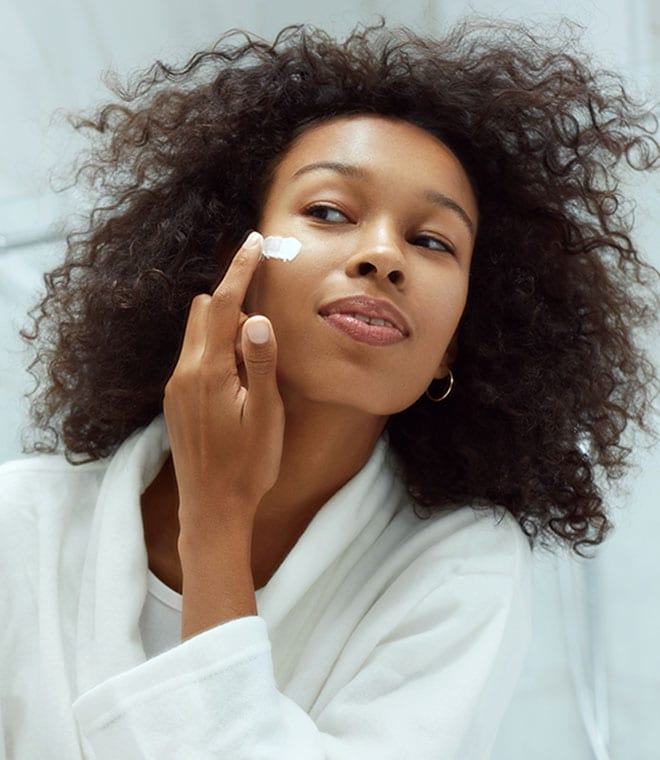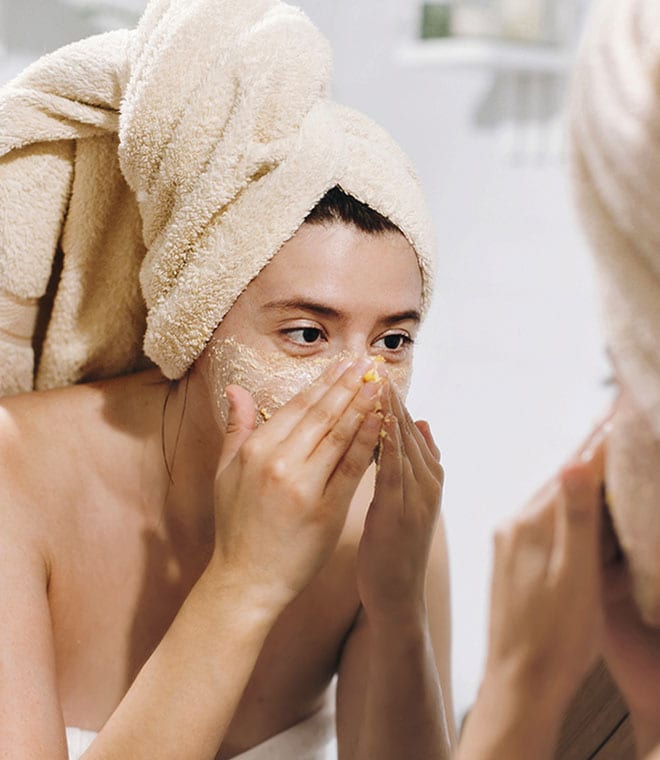Beauty
Sunscreen for babies and kids: What to look for
By Anna H. Chacon, MD, Fellow of the American Academy of Dermatology Jul 26, 2024 • 5 min
Spending time outdoors can be tons of fun for everyone in the family. However, before you head outside, it’s important to protect your children from the effects of harsh UV rays. Sunscreen is one of the best ways to protect the skin while spending time outdoors, and it comes in formulas designed especially for babies and kids.
When to start using sunscreen
In most cases, infants should not begin wearing sunscreen until they’re 6 months old. However, young infants are especially sensitive to the sun and can develop sunburns quickly. The best approach to sun protection for babies under 6 months is to avoid prolonged exposure to the sun altogether. When this isn’t possible, keep your baby in the shade and dress them in a hat, long sleeves and long pants to shield them from UV rays.
Choosing a sunscreen for babies and kids
Your child’s healthcare provider will tell you when it’s time to begin applying sunscreen, but generally, babies age 6 months and older and children of all ages should wear sunscreen whenever they’re outdoors.
Before choosing a sunscreen for your child, ask their healthcare provider for advice about what products are best. Some things to discuss include the following:
1. Physical vs. chemical sunscreens: There are two main types of sunscreen: physical and chemical.
- Physical sunscreens contain zinc oxide, titanium dioxide or a combination of the two. They work by reflecting UV rays before they reach the skin. Because they are gentle on the skin, physical sunscreens are often recommended for infants and young children, as well as kids of all ages who have eczema or sensitive skin.
- Chemical sunscreens contain one or more active chemical ingredients that absorb UV rays. They are often lighter and easier to apply than physical sunscreens.
Some sunscreens combine both physical and chemical ingredients. These products are called hybrid sunscreens. Chemical and hybrid sunscreens are typically recommended only for older children.
2. SPF levels: The sun protection factor (SPF) measures how much ultraviolet B (UVB) a sunscreen reflects or absorbs. Healthcare providers typically recommend a minimum SPF of 15 or 30 for children.
3. Form: Sunscreens come in a variety of forms, including:
- Creams
- Lotions
- Sticks
- Gels
- Sprays
You can choose whichever form is the easiest for you or your child to apply without missing spots. However, spray sunscreens might be inhaled by children, so you may want to use an alternative form.
Other considerations
In addition to type, SPF level and form, you should also consider:
- Broad-spectrum protection: A broad-spectrum sunscreen protects against both ultraviolet A (UVA) and UVB rays. Only choose broad-spectrum sunscreens to provide your child with fuller sun protection.
- Water-resistance: Water-resistant sunscreens are less likely to be heavily diluted
when your child perspires or swims. However, they are not truly waterproof. Some
water-resistant products may remain effective for up to 40 or 80 minutes, which is specified on the label. - Additional ingredients: Artificial fragrances, PABAs and other ingredients found in some sunscreens may irritate sensitive skin. Many sunscreens that are made especially for babies and kids are free of these ingredients, but double-check the labels to see if your child is prone to sensitivity reactions. Sunscreens with physical or mineral ingredients are usually recommended for sensitive skin.
How to use sunscreen for babies and kids
To get the most out of sunscreen for babies and kids, you need to apply it properly. To do so, follow these tips:
- Apply sunscreen 15-30 minutes before sun exposure begins
- Apply sunscreen to all exposed skin, being careful not to miss spots, such as the back of the neck, the ears, the tops of the feet, and any exposed areas of the scalp
- Reapply sunscreen at least once every two hours
- Reapply sunscreen after your child swims or if they’re perspiring heavily
- Boost sun protection by covering as much of your child’s skin with clothing as possible
- Have your child wear a wide-brimmed hat and sunglasses while outdoors
Updated July 2024.
Sources:
- https://www.fda.gov/consumers/consumer-updates/should-you-put-sunscreen-infants-not-usually
- https://www.fda.gov/drugs/understanding-over-counter-medicines/sunscreen-how-help-protect-your-skin-sun
- https://www.chop.edu/news/health-tip/sunscreen-safe
- https://www.chop.edu/conditions-diseases/how-protect-kids-sun
- https://www.skincancer.org/skin-cancer-prevention/sun-protection/sunscreen/
- https://www.skincancer.org/blog/bringing-up-a-sun-safe-baby/
- https://www.aad.org/media/stats-sunscreen
- https://www.aad.org/public/diseases/skin-cancer/prevent/sun-babies
- https://www.aad.org/public/everyday-care/sun-protection/shade-clothing-sunscreen/understand-sunscreen-labels
- https://www.healthychildren.org/English/tips-tools/ask-the-pediatrician/Pages/whats-the-best-way-to-protect-kids-skin-from-sunburn.aspx
- https://www.healthychildren.org/English/safety-prevention/at-play/Pages/Sun-Safety.aspx



